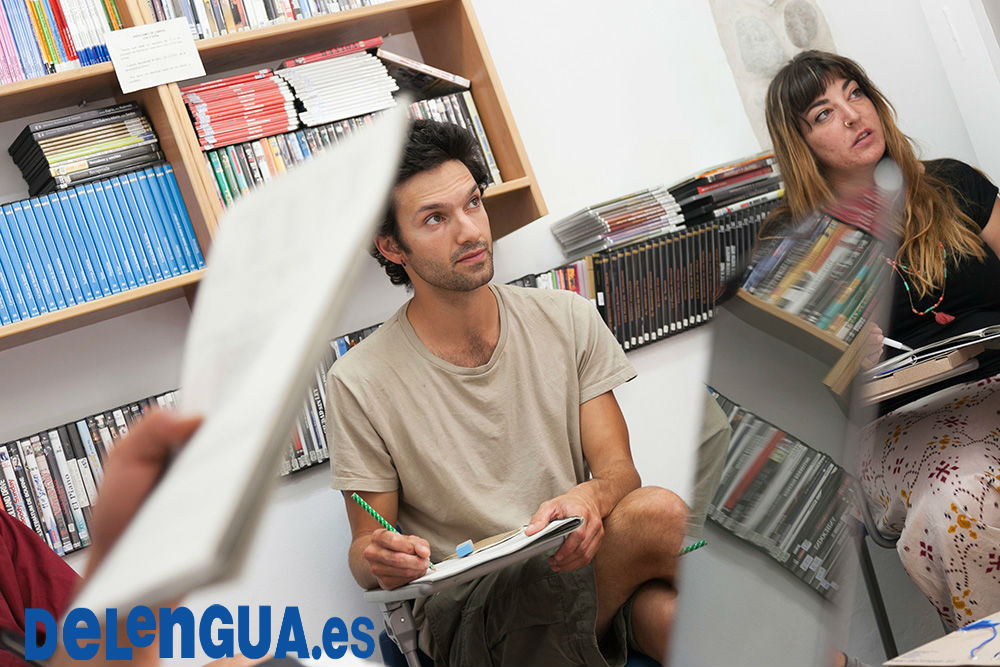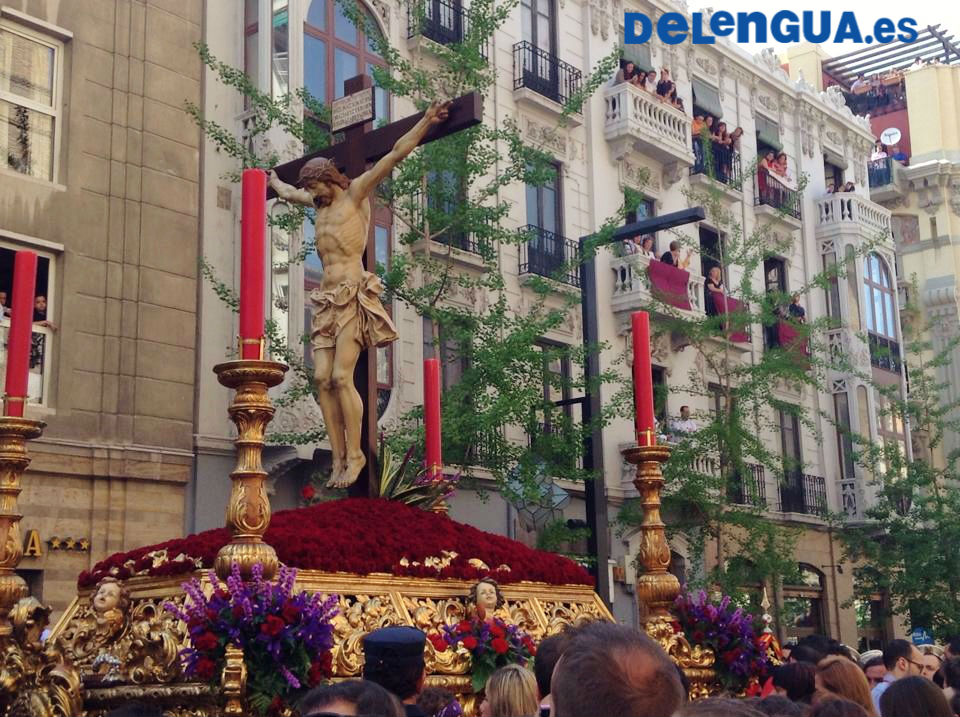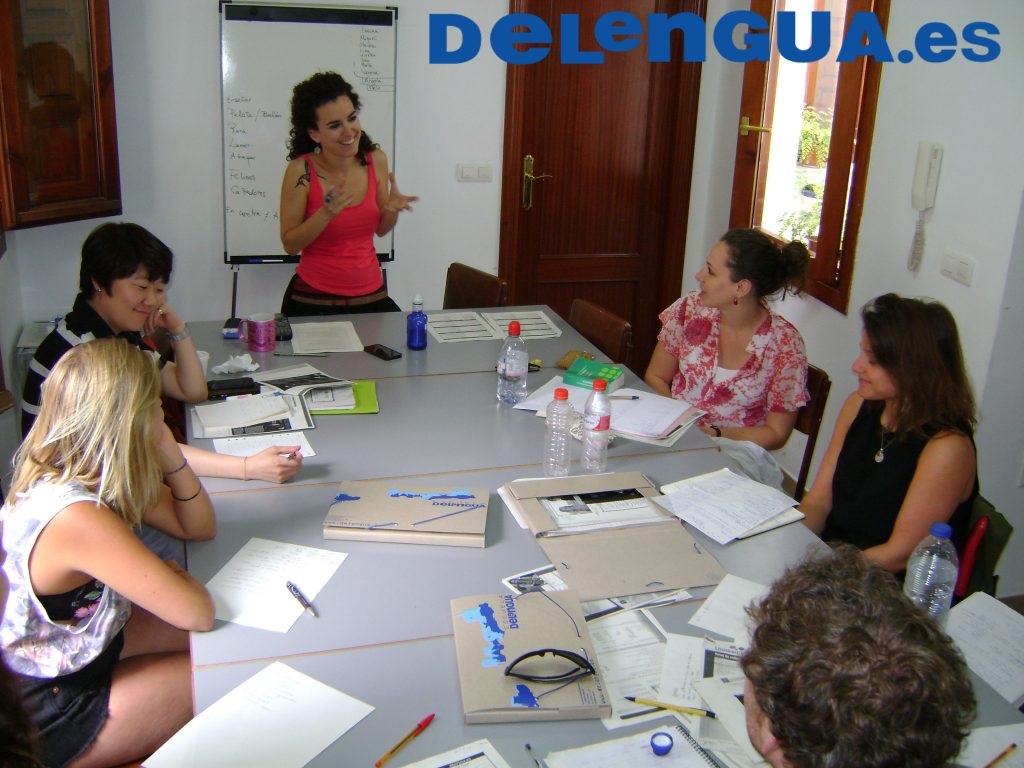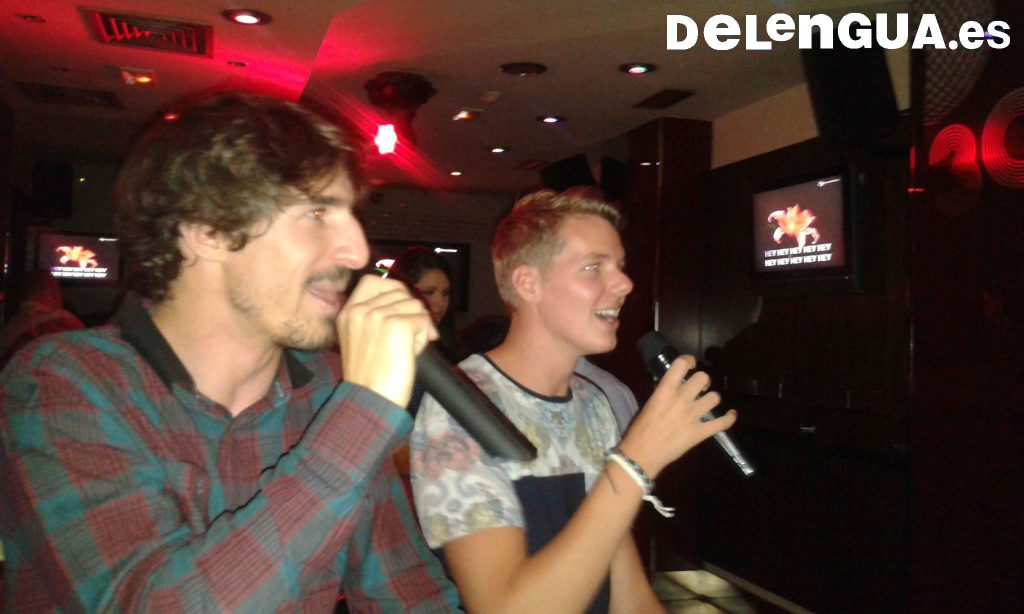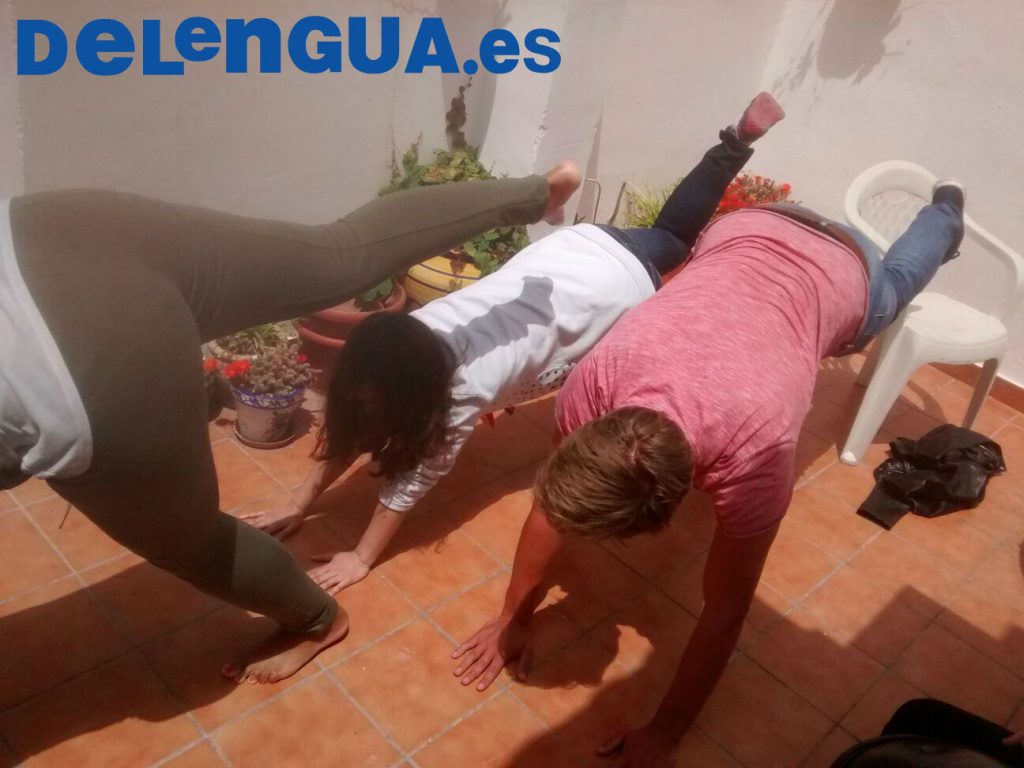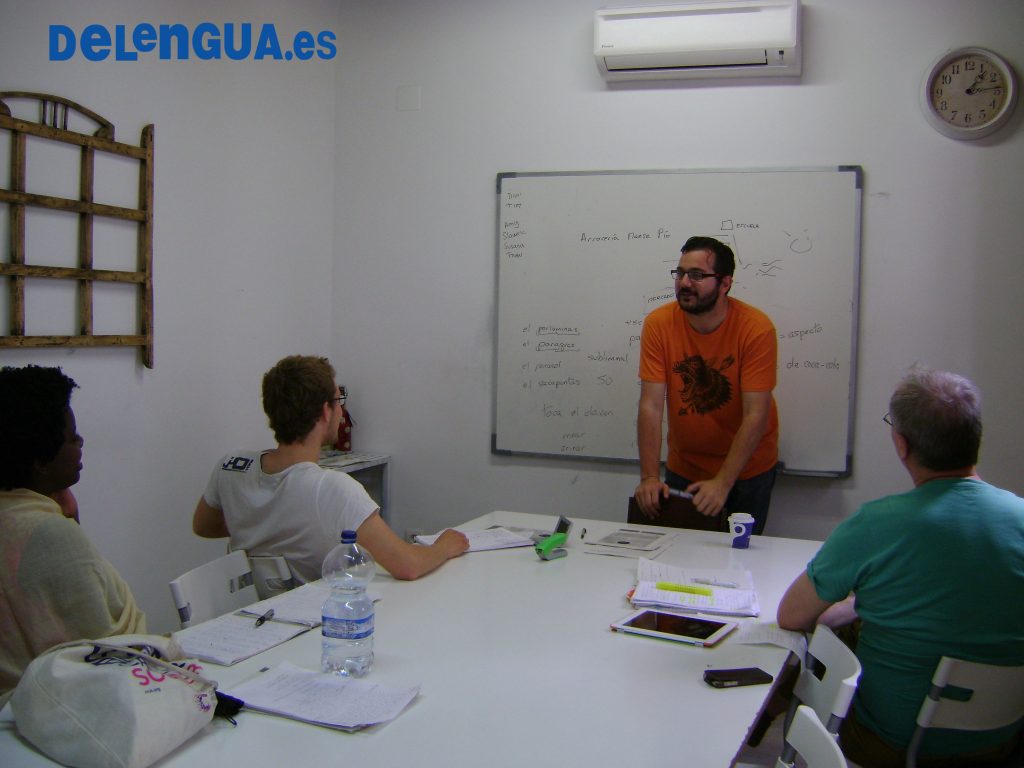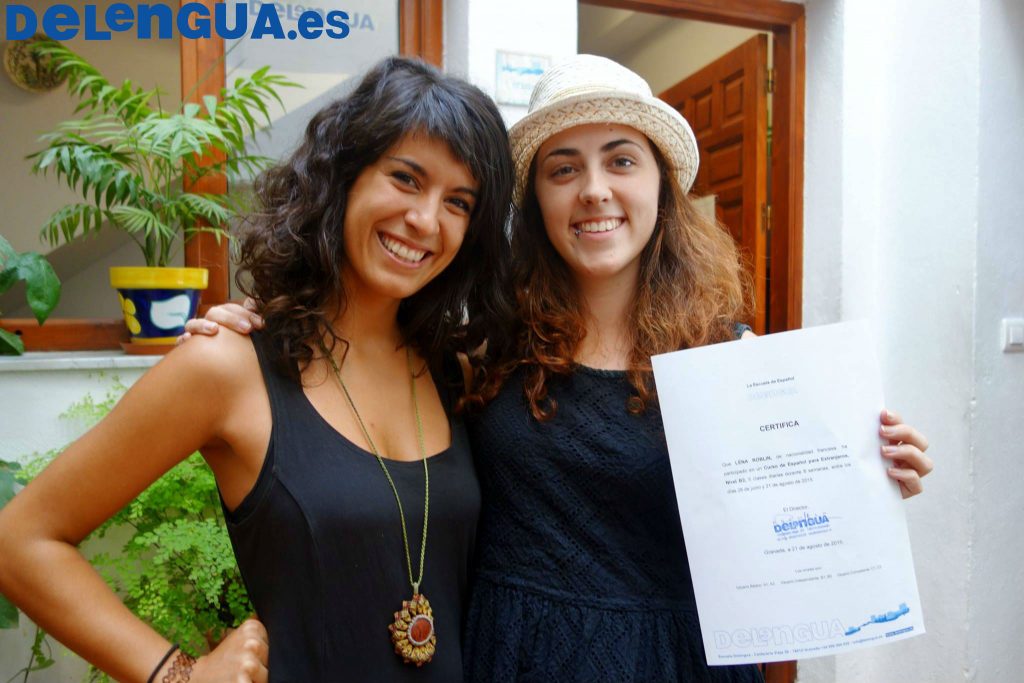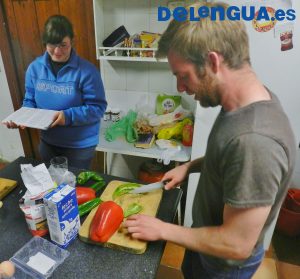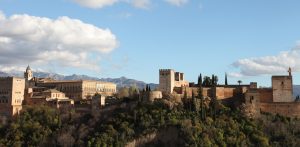| Español | Inglés | |
|---|---|---|
| La Reconquista duró 700 años y marca el proceso histórico en que los reinos cristianos tomaron el poder de los musulmanes de la península ibérica. Tuvo lugar entre los años 722 y 1492 cuando el último Reino musulmán, el Reino nazarí de Granada fue reconquistado por los Reinos cristianos. La primera invasión de los musulmanes en la península ibérica pasó en el año 711, procedentes de África del Norte y entrando por Gibraltar. La conquista del Reino visigodo fue un proceso bastante rápido, del 711 al 725 años los dirigentes árabes llegaron a ocupar todo el actual territorio de España y Portugal.
En el año 718 se sublevó un noble llamada Pelayo pero fracasó y le enviaron a Córdoba, donde fue prisionero. Sin embargo consiguió escapar y organizar una segunda revuelta en los montes de Asturias, que empezó con la batalla de Covadonga en 722. Esta batalla está considerada como el comienzo de la Reconquista. Tomaron la victoria pero fue solo una victoria cristiana sobre un pequeño contingente de exploración y los cristianos no representaban un gran peligro porque en la opinión de los árabes era una región montañosa sin recursos e inviernos extremos. El proceso del avance de los Reinos cristianos fue lento con muchos conflictos y negociaciones con poderes musulmanes. El fin de la Reconquista fue el 2 enero 1492 cuando los Reyes Católicos acabaron tomando Granada y expulsando la dinastía nazarí. Acabó del todo un siglo después cuando expulsaron los moriscos, homogeneizando así toda la península. Todavía hoy en día la influencia de los árabes es muy evidente en Granada, en particular en la arquitectura. El monumento más conocido de Granada es la Alhambra, es un palaciego y fortaleza que fue construida durante el siglo XIV por el gobernante árabe del reino nazarí de Granada en Al-Ándalus. El barrio del Albaicín muestra mucha influencia del periodo nazarí con calles estrechas y monumentos distintos de la época. Escuela Delengua se encuentra en este barrio histórico del Albaicín donde existe todavía la influencia Árabe, unas tiendas árabes adornan las calles estrechas y huele al humo de las cachimbas. Es un bueno sitio para quedarse y aprovechar de todo lo que ofrece la ciudad. |

|
The Reconquista lasted 700 years and marks the histrorical process in which the Christian Kings took power from the Muslims of the Iberian Peninsular. It took place between the years 722 and 1492 when the final Muslim kingdom, the Emirate of Granada was recaptured by the Christian Kings. The first invasion of the Muslims in the Iberian Peninsular happened in the year 711, they came from North Africa and entered through Gibraltar. The conquest of the Visigothic Kingdom was quite a quick process, from the year 711 to 725 the Arab leaders arrived and occupied all of the territory which is now Spain and Portugal.
In the year 718 a noble named Pelayo started up a revolt but he failed and was sent to Córdoba where he was imprisoned. However he continued to escape and he organised a second revolt in the mountains of Asturias, which started with the Battle of Covadonga in 722. This battle is considered as the start of the Reconquista. They took the victory but it was only a Christian victory of a small contingent of exploration and the christians weren’t considered very dangerous to the Arab’s because in their opinion, it was a mountanous region without resources and with extreme winters. The advance of the Christian Kings was slow with many conflicts and negociations with Muslim powers. The end of the Reconquista was on the 2nd January 1492 when the Catholic Kings ended it by taking Granada and expelling the Nasrid Dynasty. It ended completely a century after when they expelled the Moors, and therefore hermogenizing the whole Penisular. Nowadays the Arab influence is still evident in Granada, particularly with the architecture. The best known monument in Granada is the Alhambra, it is a palace and Fort that was built during the 14th century by the Arab government of the Emirate of Granada in Al-Andaluz. The Albaicín district shows influences from the Nasrid period with the winding streets and monuments distinctive of the era. Escuela Delengua is found in this historic district of the Albaicín where the Arab influence still exists, Arab shops line the winding streets and it smells of the smoke from shisha pipes. It is a great location to be in to make the most out of all that Granada has to offer. |
For more information visit our website:
Search
Archives
-
Recent Posts
Tags
activities Alhambra Andalucía Andalusia Aprende español en España Aprende español en Granada Cine Español cinema cultura Cursos de espanol en Granada Cursos de español Cursos de español en España Cursos de lengua Cursos de lengua en España Cursos de lengua en Granada Delengua activities España español fiesta film flamenco Gramática Española / Spanish Grammar Granada hiking in the Sierra Nevada la lengua española Language courses language courses in Granada language courses in Spain learn Spanish learn Spanish in Granada Learn Spanish in Spain Pedro Almodóvar senderismo en la Sierra Nevada Sierra Nevada Spain spanish Spanish Courses Spanishcourses in Granada Spanish courses in Granada Spanish Courses in Spain Spanishcourses in Spain Spanish Grammar Spanish Language School the Spanish grammar the Spanish Language




